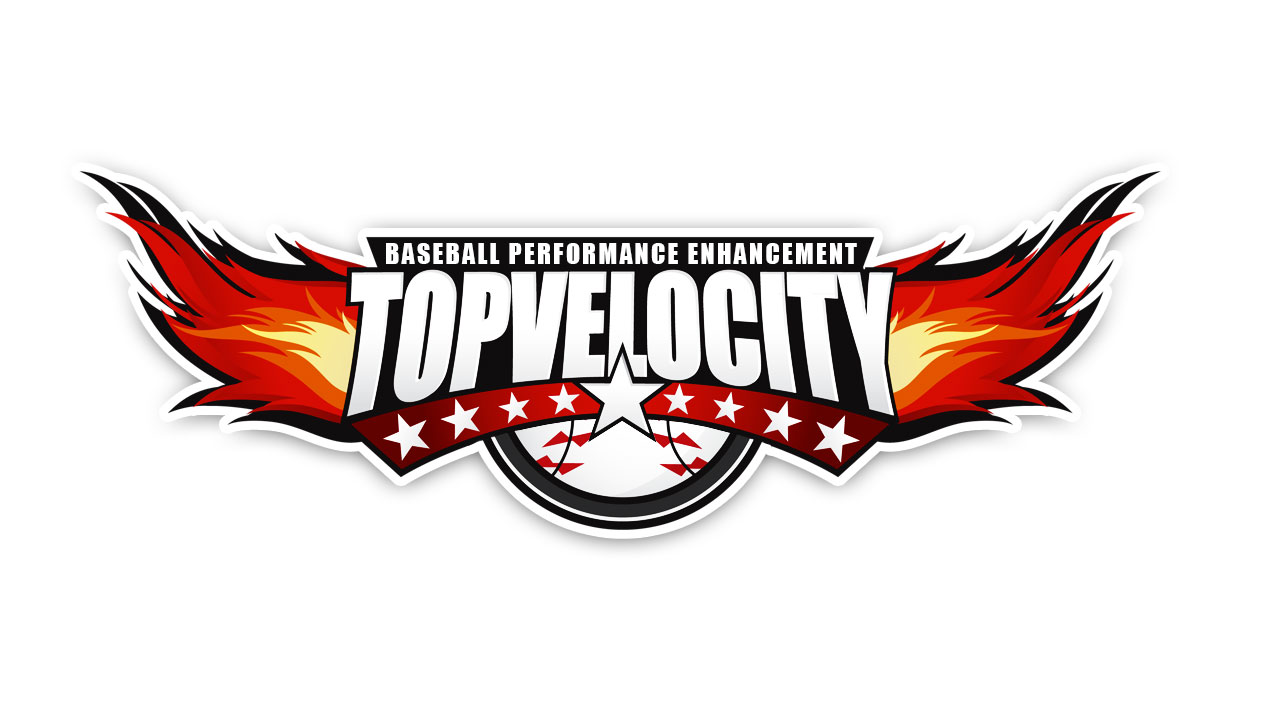The Right of Publicity & the Lanham Act
By David Carducci, Extern
The Right of Publicity & the Lanham Act
On June 4, 2018, Cleveland Indians starting pitcher Trevor Bauer filed a lawsuit in Louisiana federal court against Top Velocity LLC, an online and in-person training program for young pitchers. The suit claims that Top Velocity attempted to capitalize on Bauer’s widespread recognition and fame as a premier Major League Baseball (MLB) pitcher by using his name, image, and likeness on their website without Bauer’s permission. By doing so, the complaint alleges that Top Velocity has violated state-level Right of Publicity law and has also engaged in false advertising that is protected under the federal Lanham Act.
The Right of Publicity
The Right of Publicity is a negative intellectual property right. This means that instead of giving the holder additional rights, the Right of Publicity excludes others. While Right of Publicity laws vary widely from state-to-state (Georgia defines the Right of Publicity as the right to the “exclusive use of [one’s] name and likeness.”), most states do find that the unauthorized commercial use of a person’s identity violates the Right of Publicity. Commercial use occurs when a person’s identity is used for advertising, marketing or promoting the sale of goods or services. Though this commercial aspect typically limits Right of Publicity lawsuits to celebrities whose identities are famous enough to have monetary value, the right applies to everyone regardless of their level of notoriety.
A person’s Right of Publicity is always limited by the “freedom of speech” protection in the First Amendment of the U.S. Constitution. The First Amendment allows the use of one’s identity for educational, informational, and certain other uses. For example, works of art depicting a public figure may be protected. In determining the validity of such uses, courts often do a balancing test between the Right of Publicity and the freedom of expression by looking at the artwork’s “transformative elements.” This means that an original work of art that “has substantial informational and creative content” may be protected as long as its creative content outweighs the harm done to the individual whose identity was used. For more information on the “transformative elements” test, see the Tennessee Bar Association’s summary on Tiger Woods’s 2003 lawsuit against an artist who used his likeness in a painting commemorating Woods’s 1997 victory at the Masters Tournament (ETW Corp. v. Jireh Publishing, Inc.).
 Here, Top Velocity’s unauthorized use of Bauer’s name and likeness on their website is clearly a commercial use as the website’s main purpose is to sell the company’s instructional pitching program to parents of young athletes. The inclusion of Bauer’s identity on the Top Velocity website is an advertisement of the program’s services that is attempting to derive commercial value by associating with a respected MLB pitcher. Additionally, Top Velocity’s use is not protected free speech or freedom of expression as commercial uses are not covered under the First Amendment. Even if Top Velocity’s website was a protected work, it would likely not pass the “transformative elements” test because the website merely used Bauer’s name and likeness without transformative artistic input or expression. Therefore, Top Velocity’s commercial use of Bauer’s identity violated his Right of Publicity.
Here, Top Velocity’s unauthorized use of Bauer’s name and likeness on their website is clearly a commercial use as the website’s main purpose is to sell the company’s instructional pitching program to parents of young athletes. The inclusion of Bauer’s identity on the Top Velocity website is an advertisement of the program’s services that is attempting to derive commercial value by associating with a respected MLB pitcher. Additionally, Top Velocity’s use is not protected free speech or freedom of expression as commercial uses are not covered under the First Amendment. Even if Top Velocity’s website was a protected work, it would likely not pass the “transformative elements” test because the website merely used Bauer’s name and likeness without transformative artistic input or expression. Therefore, Top Velocity’s commercial use of Bauer’s identity violated his Right of Publicity.
False Advertising
False advertising falls under trademark law which is governed by the Lanham Act. In order to win on a claim of false advertising under the Lanham Act, a plaintiff must show all of the following:
1. There is a false or misleading statement of fact;
2. The fact was used in a commercial advertisement or promotion;
3. The addition of that fact deceives or is likely to deceive the defendant’s customer base;
4. The defendant engages in interstate commerce; and
5. The false advertisement has, or will likely, cause the plaintiff to suffer competitive or commercial injury.
Though the above factors can vary from state-to-state, this unauthorized use of Bauer’s identity opened Top Velocity up to a valid federal claim under the Lanham Act: a claim that Bauer should win. In Bauer’s case, by adding his name and likeness to their website, Top Velocity made a misleading statement of fact that was used in a commercial advertisement or promotion.
 The main function of commercial websites is to sell goods or services; therefore, Top Velocity’s website clearly acts as a primary way of promoting their pitching program. Additionally, by using Bauer’s likeness on their website, Top Velocity created a perceived endorsement by Bauer of their pitching program. The perception that a premier MLB pitcher endorses their program is a misleading statement of fact that could deceive potential clients by having them think the program is responsible for Bauer’s own 100 mph fastball and impact their buying decisions. Further, Top Velocity engages in interstate commerce as they accept clients from outside of Louisiana. Lastly, Bauer must show that he was, or is likely to be, damaged financially by the false advertisement. In Bauer’s claim, his attorneys state that the company “impaired the ability of Bauer to negotiate [endorsements] with other entities, thereby depriving him of his established earning potential.” Top Velocity’s commercial use of Bauer’s identity earned value for their company without Bauer’s consent while simultaneously diminishing Bauer’s own financial ability to earn value in commercial endorsements. Therefore, Top Velocity’s illusion of Bauer’s endorsement is false advertising.
The main function of commercial websites is to sell goods or services; therefore, Top Velocity’s website clearly acts as a primary way of promoting their pitching program. Additionally, by using Bauer’s likeness on their website, Top Velocity created a perceived endorsement by Bauer of their pitching program. The perception that a premier MLB pitcher endorses their program is a misleading statement of fact that could deceive potential clients by having them think the program is responsible for Bauer’s own 100 mph fastball and impact their buying decisions. Further, Top Velocity engages in interstate commerce as they accept clients from outside of Louisiana. Lastly, Bauer must show that he was, or is likely to be, damaged financially by the false advertisement. In Bauer’s claim, his attorneys state that the company “impaired the ability of Bauer to negotiate [endorsements] with other entities, thereby depriving him of his established earning potential.” Top Velocity’s commercial use of Bauer’s identity earned value for their company without Bauer’s consent while simultaneously diminishing Bauer’s own financial ability to earn value in commercial endorsements. Therefore, Top Velocity’s illusion of Bauer’s endorsement is false advertising.
Takeaways
The Right of Publicity protects the unauthorized use of a person’s name and likeness for financial gain. Though some uses are protected under the First Amendment, advertisements typically always violate the Right of Publicity. Additionally, false or misleading advertising is an actionable federal offense under the Lanham Act.
A better course of action would have been for Top Velocity to negotiate a license to use Bauer’s name and likeness on their website. By not negotiating a license, they opened themselves up to liability. An important thing to think about when considering whether to use a person’s identity is to know your own limitations and what things are worth to you. Weigh the pros and cons of any use. If the use might cost you a lot in legal fees, it may be best to err on the side of caution and use a different image or likeness.
